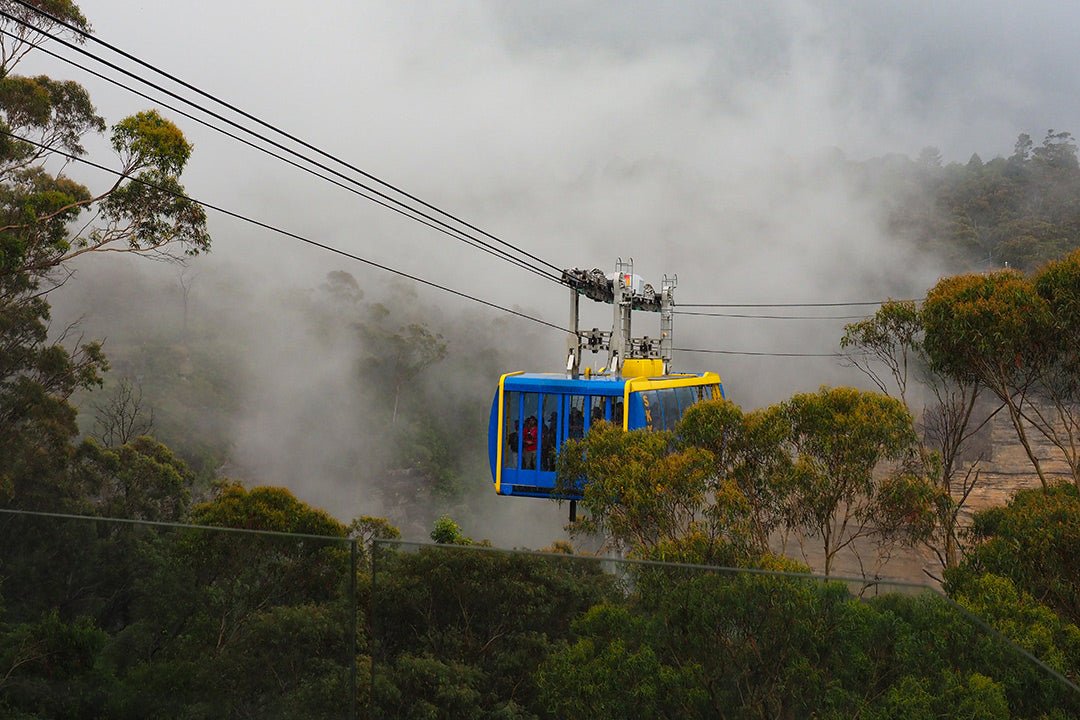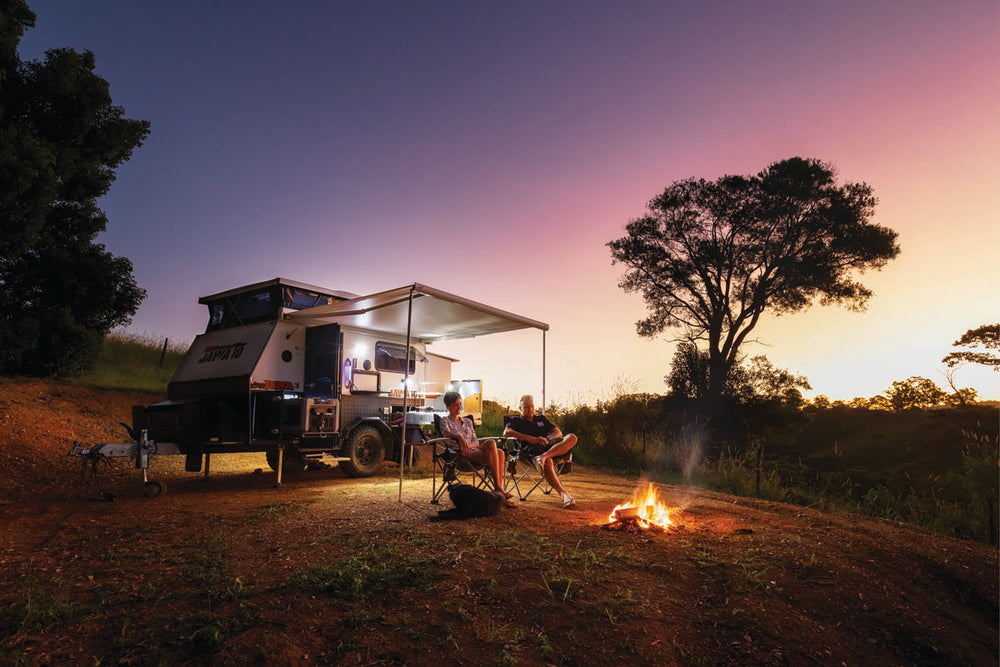

Malcolm shows some international visitors around Sydney and ends up re-discovering his own backyard — the beautiful Blue Mountains National Park.
I’ve recently had some Canadian visitors to stay, and since they have not been to Sydney (where I live) before, they had the full tour. In the past, we have hosted overseas visitors, and I have discovered that what we need to learn about our own area is surprising.
Of course, during the COVID lockdowns, many of us had the opportunity to find very local attractions. However, overseas visitors who have done a bit of research, have places they want to see.
Local knowledge still counts, though. When Bondi Beach is mentioned, it’s like “Yeah, nah, we can show you five other beautiful beaches which are a whole lot quieter and have easier parking.” Likewise, knowing the local public transport system is an asset to be sure, as is understanding the ticketing system.
On a different level, twice recently I have seen Facebook posts from RV travellers who are trying to figure out a way to get across Sydney. They are a bit dubious about busy streets and want to avoid the rather expensive toll roads that abound in this city. From local knowledge, it’s fairly simple navigation. For example, if you are driving down the M1 north of Sydney, it’s a fairly straight trip, best done in non-peak times. There are only two left turns and one right turn to get right across Sydney to the M1 south of Sydney, and no road tolls.
Heading west
Apart from the various activities and attractions around Sydney Harbour, one of my favourite destinations is the Blue Mountains, west of Sydney, for a day trip or a week-long stay. We have a little joke with our North American friends who are used to the dizzying heights of the Rocky Mountains or the Grand Canyon. In their terms, it’s really the ‘Blue Hills’, but nonetheless, it’s a great place and the area’s outstanding beauty still captured their attention.
The Blue Mountains National Park is odd in some ways because it’s split across the middle by the Great Western Highway, the western railway line and a series of towns on either side of the railway and the highway. Both rail and road give easy access to the many lookouts with breathtaking views, waterfalls, walking trails, camping areas, local cafes, restaurants, hotels and camping areas. A bonus is that the Bells Line of Road to the north makes a round trip back to Sydney very easy.
 After rain the waterfalls in Blue Mountains National Park are spectacular
After rain the waterfalls in Blue Mountains National Park are spectacular
A benefit of the Blue Mountains area is that it is an all-season, all-weather destination — as long as you dress appropriately. Wintertime might not sound like the best time, but many Sydneysiders head there during the winter months for nothing more than sitting in front of a log fire, reading a book. Autumn always guarantees some spectacular tree colours, whereas springtime is good for flower lovers. It can rain a fair bit, but a Blue Mountains speciality is a ‘soft day’. Light rain can be annoying, but it can also produce eye-catching mist effects everywhere, a speciality known as the ‘phantom falls’ above the Jamison Valley. Another advantage of the rain, if you get the timing right, is that all the waterfalls look the part with water copiously flowing every which way.
Take a walk through Blue Mountains National Park
Apart from the multiple scenic lookouts, undoubtedly one of the prime attractions in the area is bush walking for all levels of fitness and walking ability. You can enjoy everything from a short walk across flat terrain, a short hike or a thigh-testing trip up and down the valleys.
A while ago, the New South Wales National Parks and Wildlife Service (NSW NPWS) opened the Grand Cliff Top Walk, which links the towns of Wentworth Falls, Leura and Katoomba. It’s 19km long and does not always follow the cliff line, but it can be done in one go or in bits and pieces. Walkers do need a reasonable level of fitness.
A couple of years ago just for something different, the NSW NPWS developed the Katoomba Falls Night-lit Walk, a 1.5km walk from the Katoomba Falls Kiosk to the Skyway East Station. It’s lit between dusk and 11pm, allowing rock formations and features such as Orphan Rock, Witches Leap, Katoomba Falls and Katoomba Cascades to be seen under floodlights.
 Well-known Blue Mountains National Park attraction – the Three Sisters
Well-known Blue Mountains National Park attraction – the Three Sisters
Camping options near Blue Mountains National Park
For us caravan and motorhome travellers, there are just two caravan parks.
- Katoomba Falls Tourist Park: This caravan park is close to the Grand Cliff Top Walk and the night walk, as well as the Three Sisters lookout, a very popular destination for any visitor to the Blue Mountains region.
- Blackheath Glen Tourist Park: Located about 15 minutes away from Katoomba and all its popular attractions.
Additionally, there are freedom camping locations across the Blue Mountains — local knowledge helps. As with many places in Australia, discretion is recommended.
THE NEXT STEP
If you want to learn the latest caravan industry news, find the most innovative new caravans and camping gear or get inspired to plan your next adventure to some of Australia's best caravan parks and destinations off the beaten track, subscribe to our weekly newsletter. We promise to send you only the best content.
Related articles:
Street Talk: Are bigger RVs always better?
All Electric Big Lap: Exploring the best of NSW and the ACT







